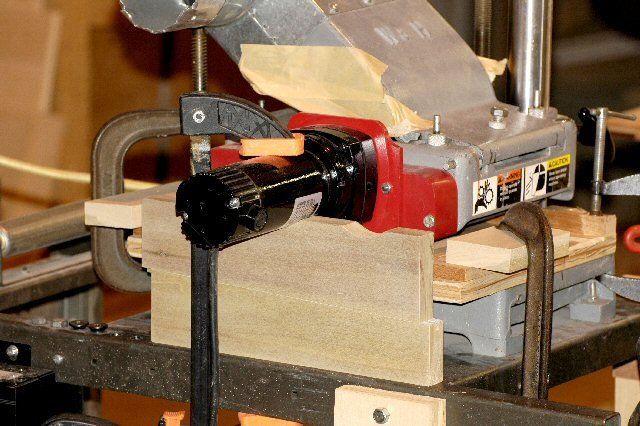Shaper cutters: Tantung or carbide?
Choosing between carbide tipped and tantung shaper cutters. July 3, 2001
Question
I need to buy new shaper cutters to produce raised panel doors. I don't know if I should buy carbide tipped or tantung. Does anybody have suggestions?
Forum Responses
It depends on the material you're cutting. If you plan to cut domestic species solid wood only, then the tantung is most likely your best bet. Tantung will typically produce a much better surface with fewer machining defects than carbide in solid wood, particularly the softer species.
There are some exotics that have enough hard minerals in them to require carbide. Man-made materials like MDF or plywood should be machined with carbide. The tantung will dull very quickly cutting these materials.
To get the best life from the tantung edges, stay away from cutting any glue lines as well. It's okay to cut across a glue line, but avoid cutting the length of a glue line, as it can nick the tantung.
As a bonus, using tantung, you can hone the edge of the tool like you would high-speed steel.
What is tantung? I thought it was tungsten carbide.
Here's a quote from a manufacturer:
"Tantung is a cast alloy cutting tool material composed principally of chromium, tungsten, columbium, and carbon in a cobalt matrix. These elements combined in the proper proportions and cast in chill molds give Tantung its most important characteristic -- the ability to retain its cutting hardness at temperatures of up to 1500°F. It is neither high speed steel nor carbide. It is unique."
It takes a finer edge than carbide but is more delicate. It's tougher than high-speed steel. For the above reasons it can make a great cutting tool for woodworking applications, but is completely inappropriate for cutting most man-made materials.
Most tooling manufacturers offer certain cutting tools (ie. shaper cutters) in Tantung and Carbide.
WOODWEB's Tooling Directory
While this wasn't the question asked, if I was buying new cutters I would get ones with insert knives. Sending cutters out to get sharpened is a pain. I use a sanding system that requires exact profiles--try explaining that to the sharp shop. I run matching cutters on five machines and insert tooling would make it a lot easier.
Until a few years ago, we made tools out of tantung, for some applications. But new grades of carbide, with different binders, allow us to make tipped tooling only out of carbide. Carbide will outlast tantung, while giving the finish on soft and hardwoods that HSS would give. This is also true with carbide inserts--different binders are available to provide superior finishes on all materials. Proper tool design, with correct hook angles and shear angles, along with tight tolerances will provide for extended tool life, superior edge finishes, less decibel levels.
Don't underestimate the serious production values attached to inset technology. But in the final analysis it has to work for you.
